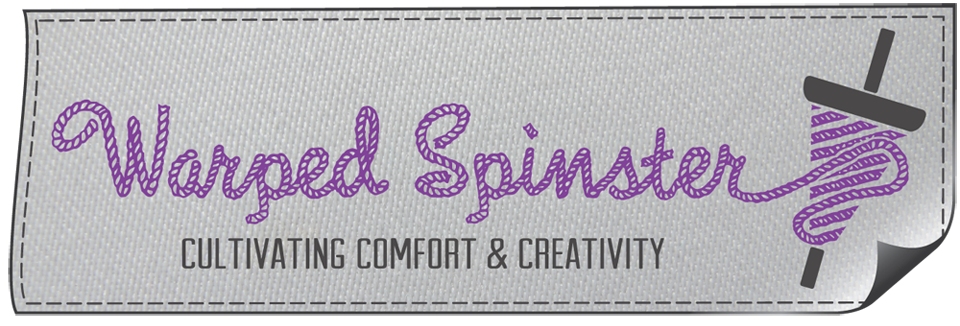This is my first foray into preparing a fleece for spinning, and I bought the fleece pre-washed. I want to learn a lot about fleeces and wools but I'm not sure I'm ready for the whole skirting/scouring process yet. With the caveat that I've not had much direct experience with fleeces, I still would say that this is not a fabulous fleece. But, then, I'm not a fabulous prepper or spinner so I figure the fleece has a lot to teach me about handling various challenges. There are MANY knotted clumps in the fleece, some flecks of skin (maybe the sheep was rooing?), and I think it might even have been felted just a bit during the washing. There is some VM (vegetable matter), though not much, and a slight bit of kemp.
But don't you just LOVE the color? Zwartbles are beautiful sheep.
First, I pulled locks (you can see a couple of samples in the photo above) and loaded them onto my Valykyrie combs (2 rows of tines). I made 2 or 3 passes with the combs and pulled through a dizz.
I spent some time picking out clumps, but not a great deal of time; that showed in the resulting singles and yarn--pretty textured. That's not necessarily a bad thing, depending on my use for it. This isn't a fine, next-to-the-skin wool and I would probably use it in weaving. Don't you just love the color? :-)
(Two ply yarn, spun and plied on middle whorl of a Kromski Sonata wheel; and using Woolie Winder.)
Learned: While cotton cards work for some wools, this is not one of them! I, myself, do not like carding as well as combing, in any case. Carding doesn't allow the flecks to "drop out" during the process and those little white flecks will end up in your yarn.
So, I watched Deb Robeson again, for some more detailed hints on combing well, and refined my technique. My second experience with combing was more successful and it was rather fun, not to mention that It produced better results.
Learned: Take time to loosen the tips and butts of the locks, to open up the fibers, before loading on the combs. Don't "bite" too deeply into the locks on the comb--comb from the ends.
Several nests of combed top later, I was ready to try some spinning.
This is quite "springy" stuff and it was a bit of a challenge to draft--my drafting hand got increasingly tired as I tried to draft the fibers out evenly. I also had to stop occasionally to pull out a clump--this preparation was better than my first combing, but it still had its share of clumps/"texture." This is the best of that spinning--I didn't photograph the really textured lengths!
While spinning I noticed that one of the nests/tops was much easier to draft, and looked much better. I remembered that I wasn't always consistent about the number of passes I made on the combs and it stands to reason that this easier drafting was from a top that had been passed one more time than the others. The resulting single was much more even.
Learned: If you don't want texture, don't be afraid to take the time to make another pass or two on the combs. It also allows more of the flecks and any un-picked VM to drop out.
I have wound the singles onto 2 bobbins and will let the rest a day or two before I ply into a 2-ply yarn and knit a sample swatch. I'd also like to do some more combing, applying what I learned with these two rounds, and spin a yarn to do a weaving sample. Hmm. I need to track down a 2" weave-it loom somewhere. I'll post those samples when I've finished them.
In addition to some things about combing, carding, and spinning wool from a fleece, here are additional acquistions from working with the fleece from my friend, the anonymous Zwartble sheep:
1) a deep appreciation for those who clean and prep fleeces for those of us who usually just buy prepared top, roving, and batts--they've done the hard work, and we have the fun of spinning and using the wool;
2) a heart-felt thanks to the shepherds who breed and grow sheep specifically for the wool, and take extra care when raising and shearing the sheep: coating the sheep, providing them with good nutrition, hold off on the stress as much as possible (one of the things I learned from the Deb Robeson video is how stress can make the wool more fragile), and all the other things I don't even know about that make for a quality wool that is a joy to spin;
3) a greater desire to support shepherds to grow sheep (especially rare breeds) for hand spinners. It is nothing if not an expensive proposition and if we don't support them we will lose them. I will search out some sources online but, more importantly, I want to seek out local flocks, or at least those in my home state (which, admittedly doesn't grow many sheep and most of those are for meat) and work with them to get quality fleeces, and encourage them to continue with their work. (Iowa Sheep and Wool Festival, here I come! I'll be saving my money.)

.JPG)







